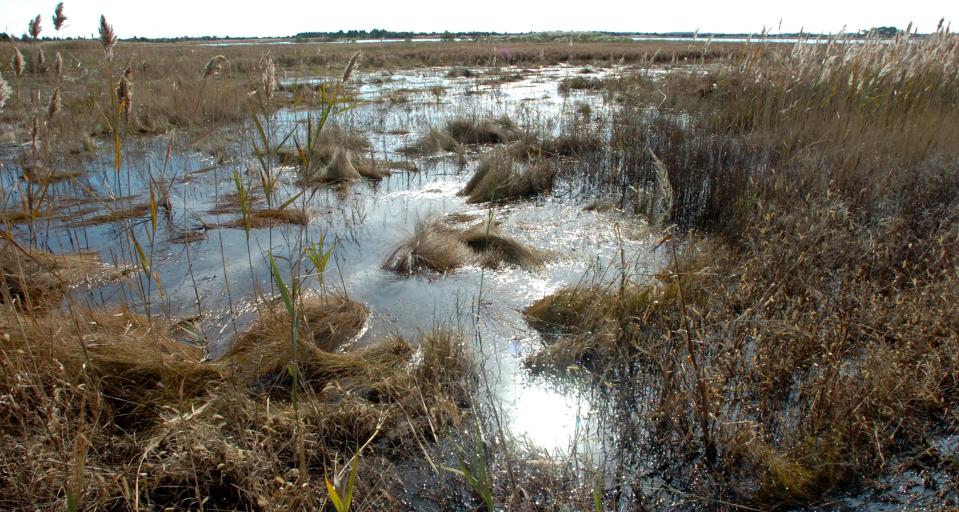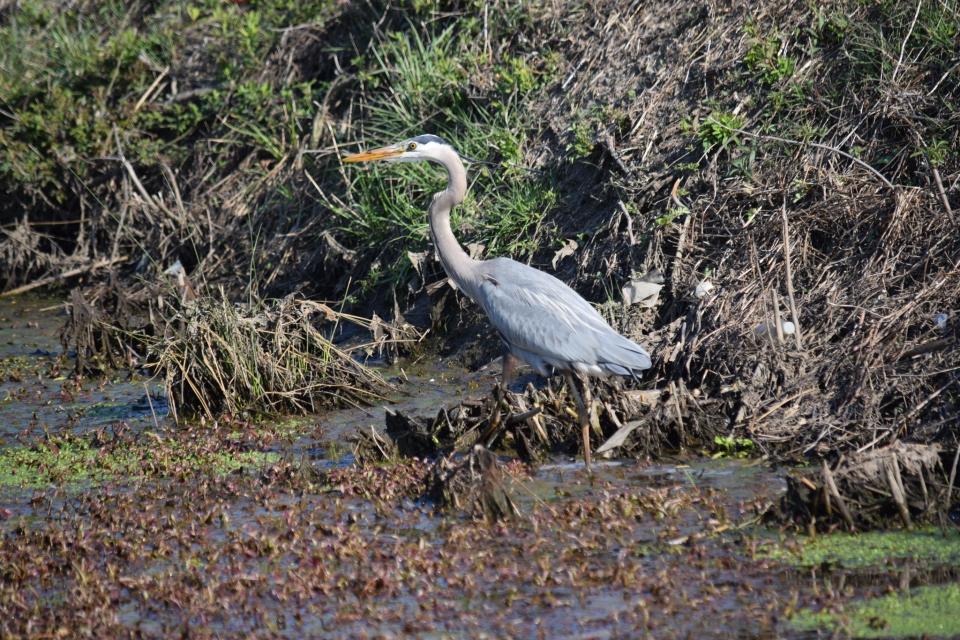Sussex changes wetland protections amid growth, but exceptions worry environmental groups
New rules defining just how close to wetlands and other water resources developers can build are finally part of the Sussex County Code, but some environmental groups aren't appeased.
The "buffer ordinance," as it's commonly called, was adopted May 17 and doubles wetland and water resource buffering areas, or areas developers may not disturb, among other things.
The 37-page document "represents the most significant update to the county’s environmental protection laws in more than 30 years," county spokesman Chip Guy wrote in a news release.
However, there are multiple notable exceptions and environmental groups have taken notice. The Delaware Center for the Inland Bays called the ordinance "one step forward, one step backward."
What the ordinance does

The buffer ordinance takes effect in November and will apply only to new residential projects built in the unincorporated areas of Sussex, or within the county’s jurisdiction.
The ordinance’s most significant changes, according to Guy, will:
Double, from 50 to 100 feet, buffering widths along and around new residential communities that adjoin tidal wetlands and waterways.
Add a 30-foot buffer requirement for new developments along nontidal wetlands and intermittent streams. There previously was no buffer required for nontidal waters.
Prohibit the clear-cutting of trees and other vegetation in the buffer area.
In certain buffer areas, allow and incentivize buffer averaging (subtracting buffer area from one portion but adding it to another to maintain the total buffer area) "in order to preserve worthwhile ecological features.”
Require site plans to show points of access to buffered waterways for maintenance work.
Establish penalties of up to $10,000 per quarter-acre of damage caused to buffer and forested areas.

The ordinance also adds multiple new definitions to the county code, “cleans up language to close loopholes and offers more clarity on the county’s protections for environmentally sensitive areas,” Guy wrote.
“This has been in the works for quite a while now, and it’s something we have heard about repeatedly from many people in the community: that we need to do more, as the county develops, to protect our waterways and habitats,” said County Council President Michael H. Vincent. “I think this ordinance does that in a big way, and it will help to ensure the very things that make Sussex County so special will remain that way for generations to come.”
WATERWAYS: Delaware, Maryland rivers and streams among the most polluted, report says
Compromise or concern
When work on the buffer ordinance began, the county convened a “wetlands and buffers working group” consisting of 13 various stakeholders. They ranged from environmentalists to developers to farmers and met about a dozen times before the pandemic hit.
One important part of the ordinance, regarding “buffer options,” was never presented to or recommended by the group, according to group member Rich Borrasso. He is a founding member of the grassroots Sussex Alliance for Responsible Growth.
“Buffer options” allow for reductions in the buffer zone in exchange for other preservation efforts, which may be located on property entirely separate from the proposed subdivision.
RELATED: Wetlands buffer ordinance back on table in Sussex County. What to know
MORE: In rare move, Coral Lakes subdivision denied by Sussex Planning and Zoning Commission
As an email blast from Sussex2030, a “nonpartisan grassroots group” advocating for “smart growth,” was critical of the buffer options, saying, “planting or preserving habitat at a geographically distant location does not protect the water quality, habitat, flood attenuation and other functions at the housing development location.”
In a statement on the new ordinance, Delaware Center for the Inland Bays spokeswoman Caitlin Chaney called the buffer options a step backward.
“Because these other areas could be miles away, the options defeat the purpose of buffers to protect the wetlands and waters impacted by the new development,” she wrote. “In one option, buffers of large streams can be reduced from 50 feet to 25 feet.”
A 25-foot buffer affords the stream less protection than it had prior to the new ordinance.
County Administrator Todd Lawson called the ordinance a “compromise” and working group member Danielle Swallow, a coastal hazards specialist with the University of Delaware’s Delaware Sea Grant, agreed.
“The ordinance is a step in the right direction, but there’s more work to be done,” Swallow said. “There is a consensus emerging among the public for higher standards related to our natural resources and coastal resilience.”
This article originally appeared on Delaware News Journal: What to know about Sussex County's wetland and waterway rule changes
Solve the daily Crossword

